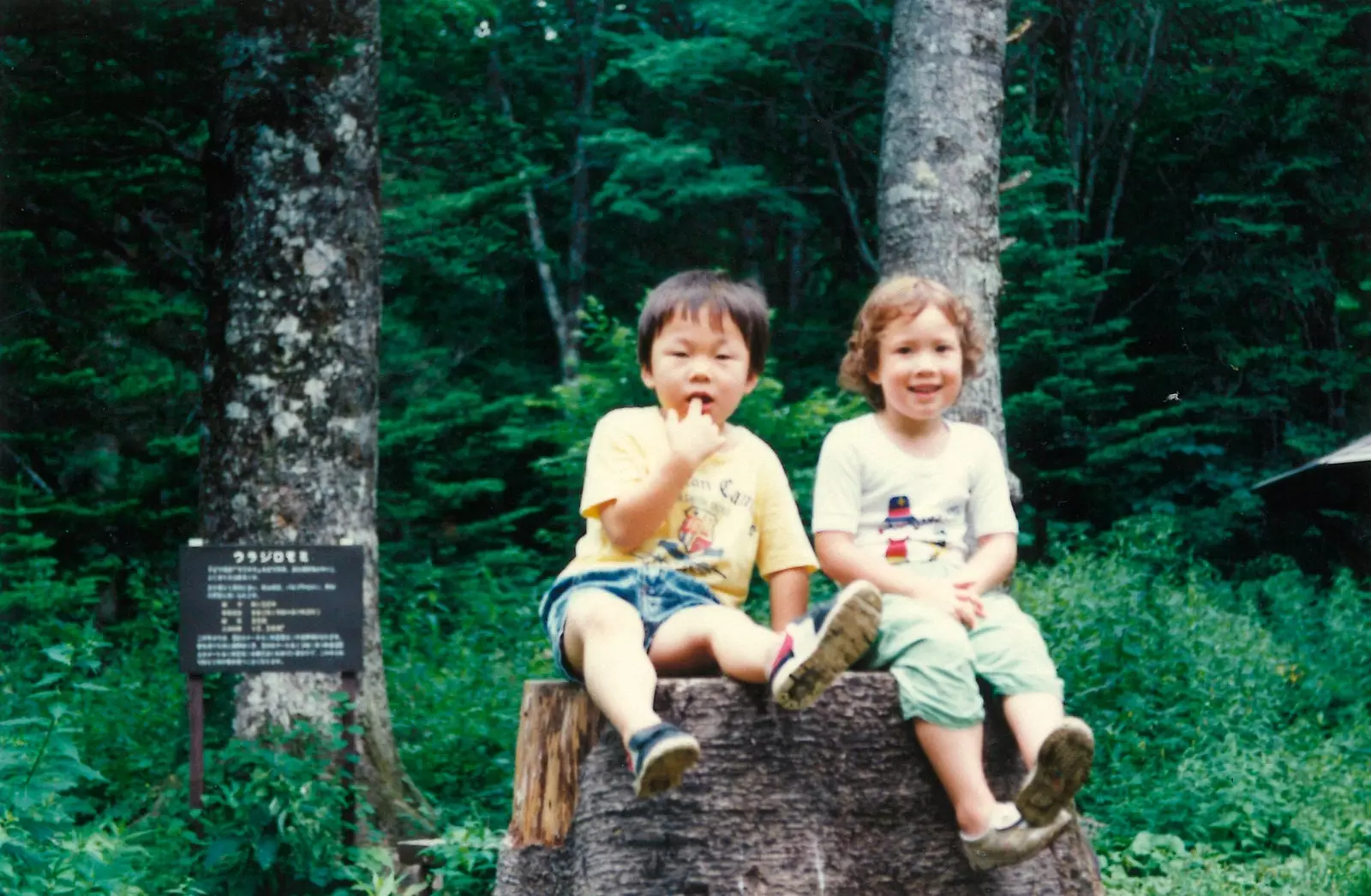
Marina with one of her cousins in Little Tengu's Forest (circa 1988)
There is nothing more evocative than reaching a destination through the stories of her neighbors, of the stories and memories of those who lived the place since their childhood. This is how we go japan summers in a summer in which we cannot visit it... but yes recognize it in the plastic memories of those who lived it.
A YELLOW DRESS, A WASP AND THE MORNING FLOWER
Little Hanayo wears a yellow dress . She rushes down a very narrow path, framed by fishermen's houses, which exhibit on their facades the pots with the flower that only shows her face in the morning (asagao, 朝顔). between the deafening song of the cicadas , the smell of wild grass and the sting of the sting, she manages to reach her neighbor's house, wide open. She has something very important to tell him: she has been stung by a wasp.
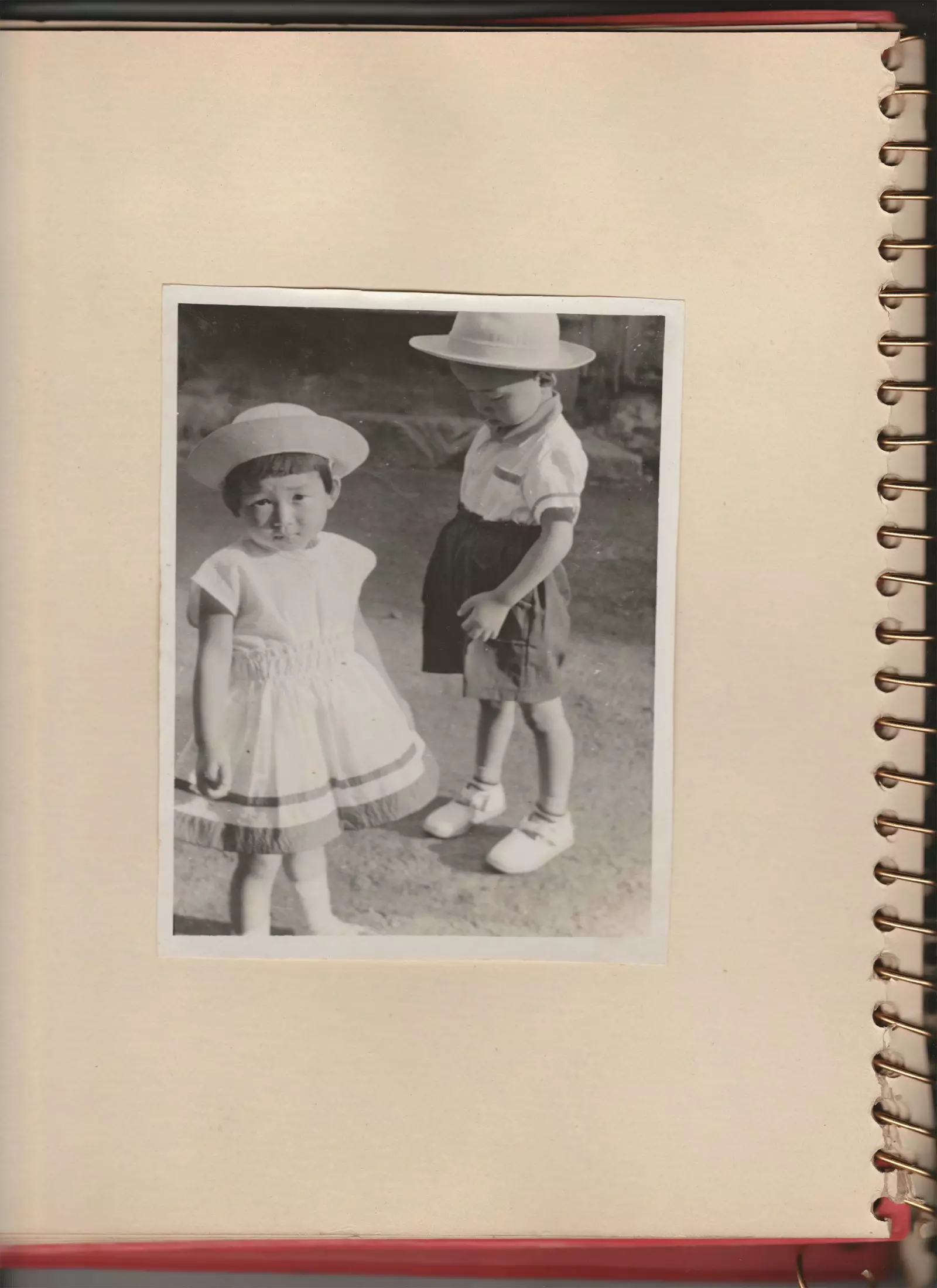
Hanayo Ueta with her older brother in Ritsurin-koen, Takamatsu (1955). The authorship of her photo belongs to her father.
Under the bright red sun she sang to 'Hibari Misora' (her favorite summer song of hers), the colors of the first memory of the life of Hanayo Ueta, pastry chef at the Hanabusa pastry shop (Madrid), are so vivid that they almost seem to stain the tips of her fingers today: yellow and orange. Like the child's dress, the wasp, the pain of the sting and the intense heat.
Her memory evokes the summer of 1955 , when hanayo was 3 years old, and she is located in the small coastal town of Hiketa (Kagawa prefecture) located in the south of Japan, in Shikoku . Where only a thin mat separated the privacy of the homes, which offered a costumbrista portrait for anyone who passed by ; and where the fishmonger announced daily and loudly the gender of him fresh from the sea, with which her grandmother prepared fresh sashimi . Just ten years ago, also in the summer, Japan surrendered in World War II; just days after the mushroom cloud became a symbol of the unspeakable horror of Hiroshima and Nagasaki.
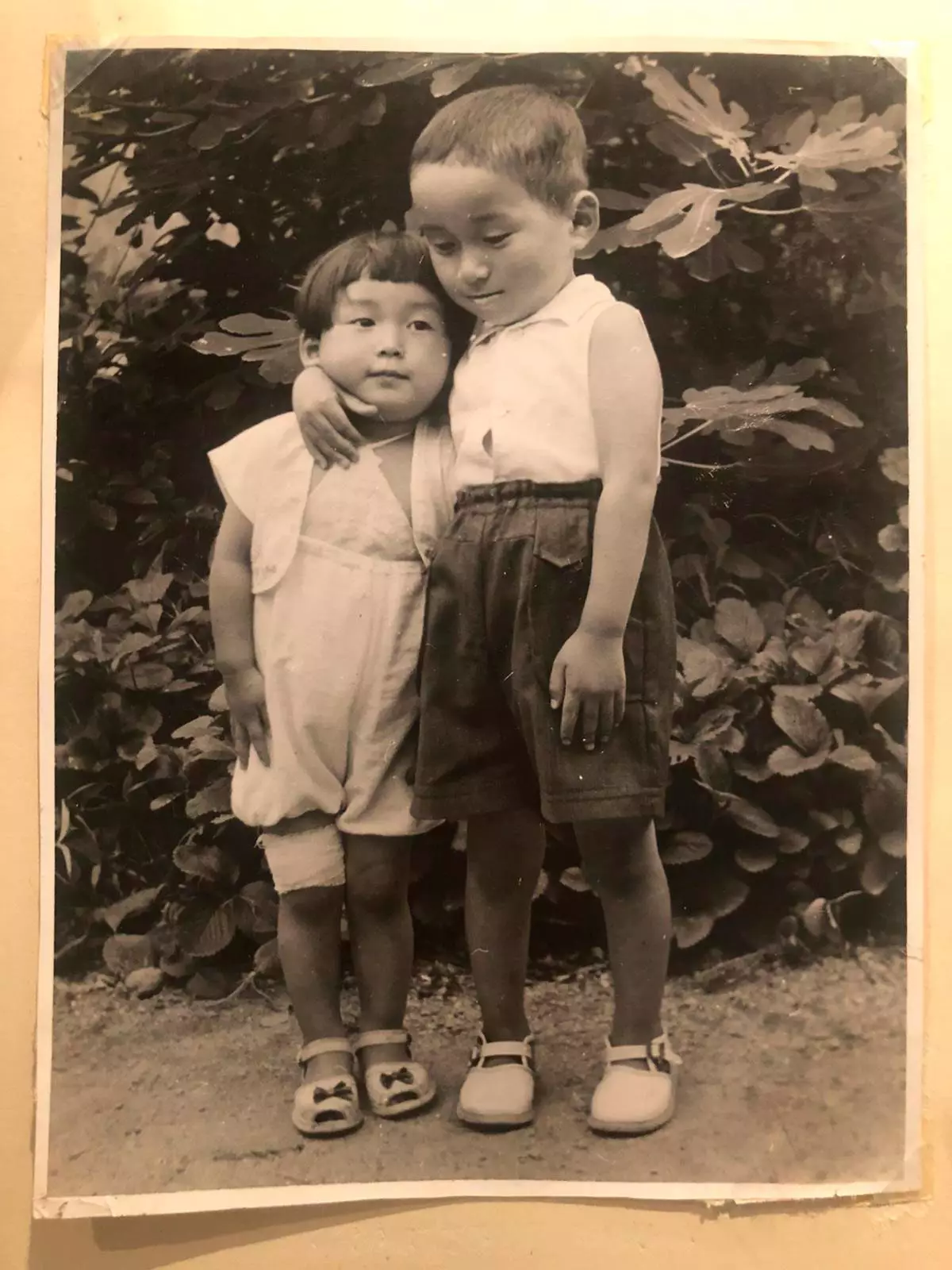
Hanayo Ueta with her older brother in the garden of her birthplace in Hiketa (1955), in front of her fig tree. The authorship of her photo belongs to her father.
As explained to us hajime kishi , Manager of the Japan National Tourism Office (JNTO) in Madrid, there two aspects that emerge from the Japanese summer as branches of the same trunk. On one side is that idyllic summer , of azure blue skies, fields of sunflowers and white clouds, high and fluffy like the cotton candy from the stalls at the fairs. A summer of enjoyment and fun . But on the other hand there is a second aspect more related with recollection, reflection and memory of the ancestors within the family home . Y also from the memory , inevitably, of other times that were not always better.
Once a year, paper lanterns guide souls on their visit from the Beyond . In fact, it is tremendously significant that the obon period , the festivity with more than 500 years of history that honors the spirits of the ancestors and usually be held from 13 to 17 August , coincides in part with the great Japanese summer genre (along with the high school baseball championship, koko yakyu ), which floods Japanese television with documentaries and special programs: World War II. The commemorative ceremonies of Hiroshima and Nagasaki they are, of course, nationally televised. And just like the news agenda, in many families, stories of suffering and scarcity from war permeate intergenerational conversation.
As Hajime Kishi emphasizes, precisely because of these two intimately connected aspects, summer becomes the best time for those who want to know what is the true spirit of the Japanese people . And its most unequivocal manifestation is evident in the so-called Natsu Matsuri (夏祭り) or summer festivals that are celebrated throughout Japan.

Osaka Tenjin Matsuri Fireworks
FLOWERS OF FIRE AND THE TRUE JAPANESE SPIRIT
Some of the most powerful memories that resonate within Hajime when he recalls his childhood and youth summers in Japan have to do with two of the most significant summer festivals in the entire country. One of them is the so-called Tenjin Matsuri from his hometown, Osaka (Kansai region, southern Japan), which he attended for the first time in 1984 when he was 6 years old. Over there, he was bathed in the brilliant color of hundreds of flowers of fire bursting in the sky (花火 hanabi, fireworks; literally, “fire flower”) and reflecting off the Okawa River.
The other great mass festival that marked him deeply in his childhood was the so-called Awa Odori , which is celebrated in Tokushima (Shikoku) for more than 400 years, and that he witnessed when he was 8 years old. In it, various "gangs" (called ren 連) of men and women of different ages liven up the afternoon and evening with different choreographies, which they rehearse throughout the year. The result is a lively, energetic and enthusiastic dance show , who cares and preserved from generation to generation . The precision and elegance of the steps of the women who wear a characteristic traditional straw hat contrasts with the strength and humor of the dance of other troupes.
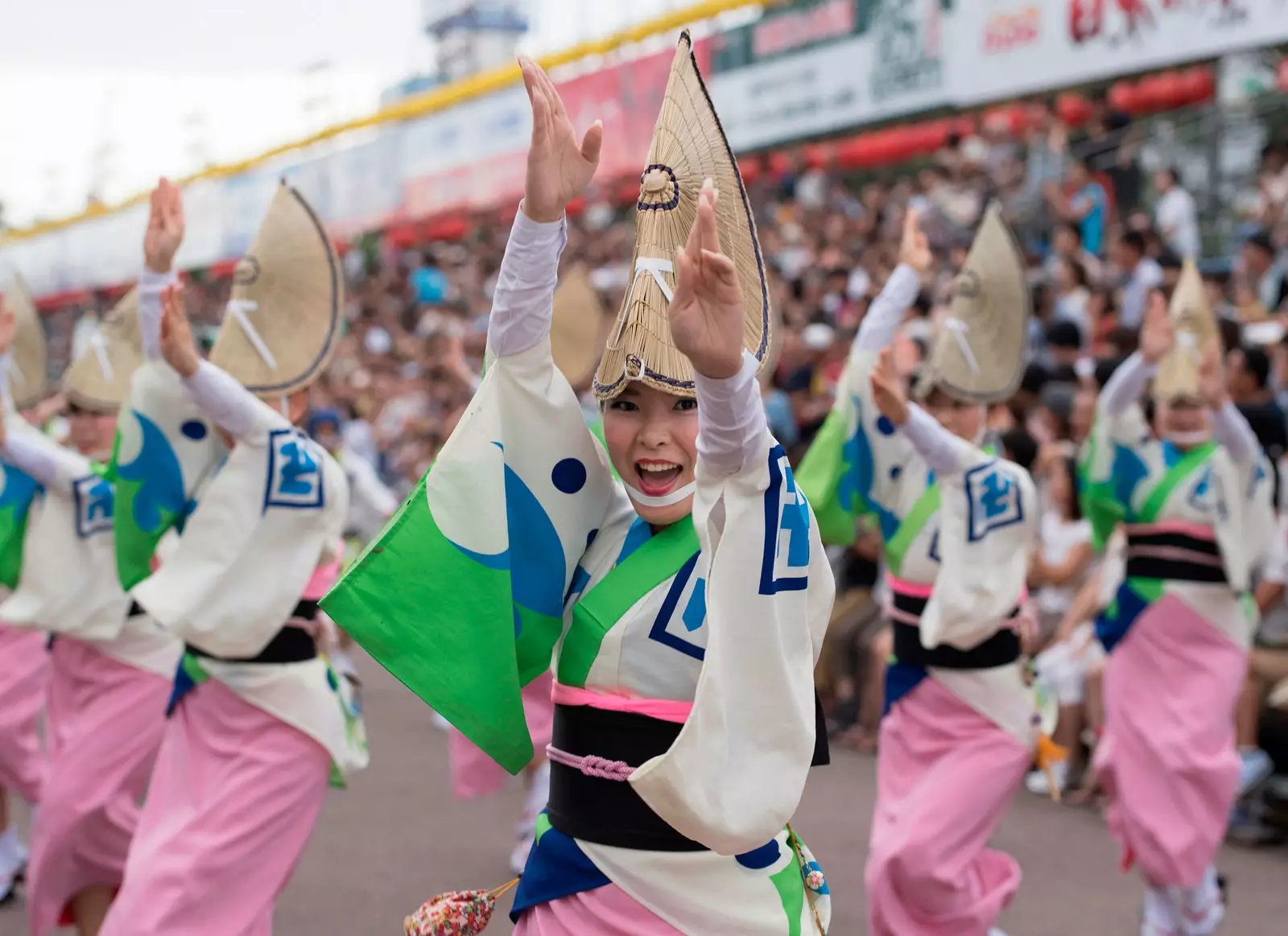
Awa Odori (Tokushima)
“On the one hand it is perfection and technique, but on the other hand it is pure fun . It reflects the more extroverted side of Japan,” comments Hajime.
The Awa Odori is able to summon close to 1.2 million people in Tokushima , a very quiet city during the rest of the year. And it is an authentic ode to the enjoyment of life, the feeling of community and the respect and care for tradition; where literally everyone is welcome.
“Summer brings out the true essence of the Japanese people. It clearly shows that spirit of enjoying life and hospitality, along with the importance of family, clan and, ultimately, membership in a social group. The summer festivities appeal to that feeling of unity, of identity . The socialization of the Japanese is perfectly perceived during the summer”.
The joy of children and adults permeates the environment in unison, sticking to the bodies like the humid and suffocating heat. The motto of Awa Odori is unforgettable: “ Foolish is he who dances, fool is he who watches. If we're all the same fools, why don't we dance together?”
THE TASTE OF THE SUMMER NIGHT
Hajime remembers perfectly slip into his little yukata (light cotton kimono, typical of summer) and go to the core of the celebration of these summer festivals with his family. where the different yatai or stalls They offered the typical popular delicacies, such as cotton candy, yakitori (grilled chicken skewers) or roasted corn on the cob… whose aroma ended up merging with the incense of the temple and the gunpowder of the flares and other sparkling and colorful children's games, such as the so-called senkou hanabi . All this mixed, of course, with the color of the lanterns and with the sound of folk music, where the taiko (drum) seems to be the heart that pumps blood to the rest of the body.
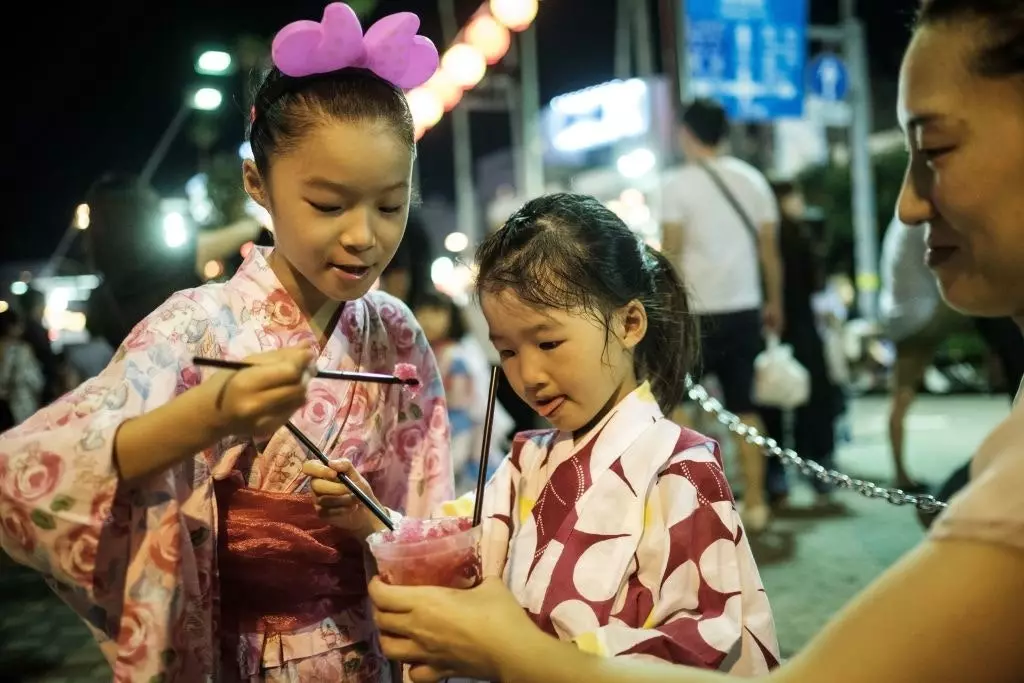
Girls drinking Kakigori during the Awa Odori celebration
Kei Matsushima, Deputy Director of Japan Foundation , Madrid, also remembers the illusion that took hold of him as soon as he put on the yukata next to his brothers, because it meant that they would go to the natsu matsuri , specifically in his hometown, tokyo . The gastronomic symphony of yakisoba stalls (sautéed noodles), takoyaki (octopus balls), ringo-ame (caramelized apple) and the essential kakigori (shaved ice with syrup of different flavors, such as strawberry or melon) joined the bustle of the stalls that offered games and entertainment such as shateki (target shooting) or kingyo-sukui (trying to catch goldfish with a kind of paper magnifying glass that breaks very easily).
“The smell of summer nights in Japan has flavor, and not just because of the food. The winter night tastes like nothing, just cold,” insists Hajime. “In each region the nuance of that aroma is different, the night of Osaka does not taste the same as that of Tokyo. If we were forced to define it in some way, we would say that it is a kind of flavor that mixes the aroma of an evergreen tree with the humidity of the heat, the breeze, the incense, the burned wood…”
THE FOREST OF THE LITTLE TENGU
evergreen forests , lakes whose waters reflect mountains full of legends and mythological creatures , sanctuaries lost in the mountains where bears appear when the drought tightens and fields woven with ears of corn... The north of the nagano prefecture (in central Japan, Honshu island and Chubu region) treasures the memories of childhood and adolescence of a girl who dreams of fairies jumping on mushrooms that hatch from an egg ( Tamagotake: Amanita caesareoides ), in the middle of wild nature. As if it were a Studio Ghibli movie.
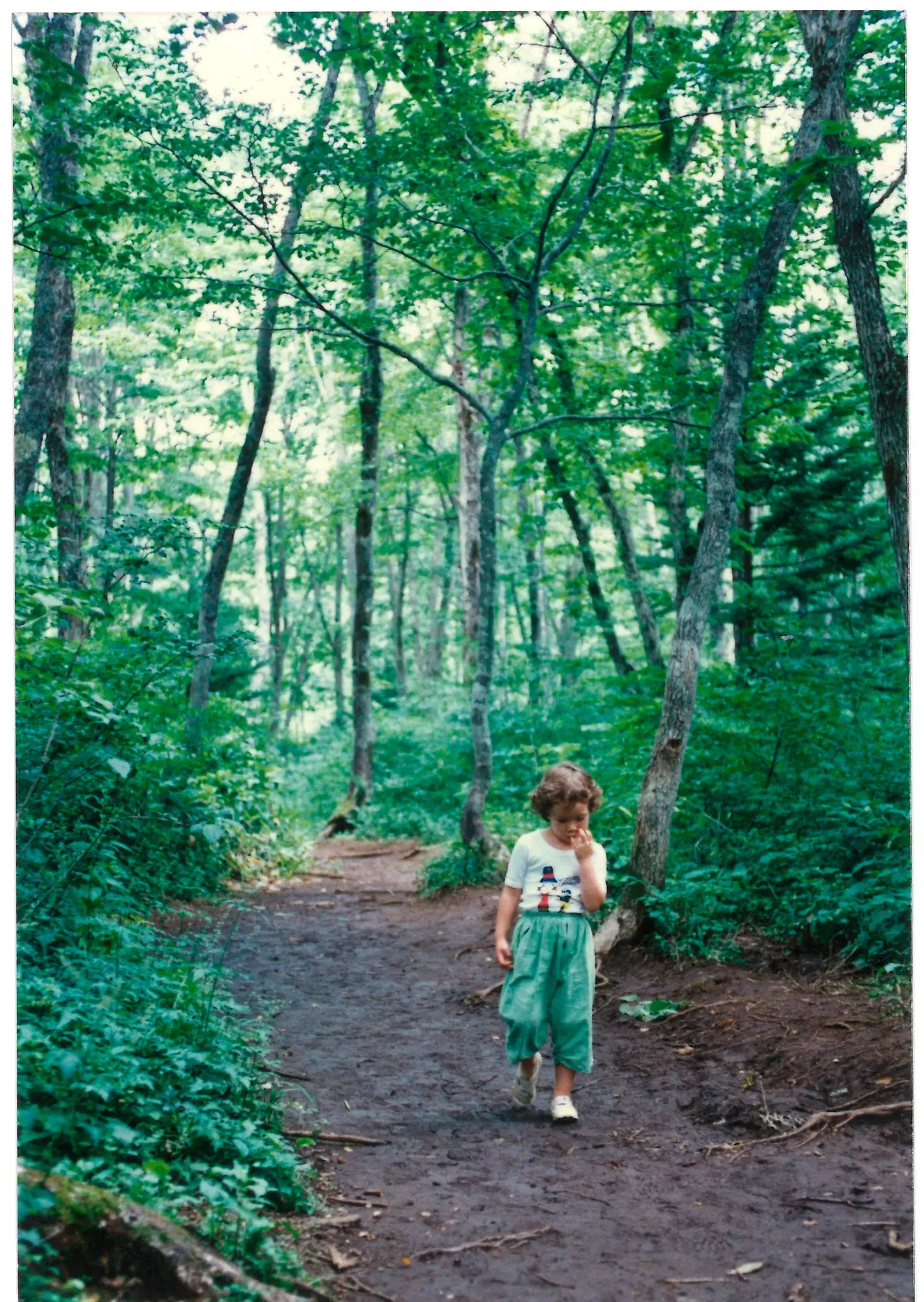
Marina wandering the path that leads to the Mirror Lake (circa 1988)
Since her father was a professor, the main venue for her summer vacations was located in the residence complex that the university had. in the village of Iizuna . she still remembers the smell and texture of the tatami of the house where they were staying , while her sister helped her father prepare the onigiri (rice ball stuffed with different ingredients) before going on an excursion.
Like little Mei in search of Totoro, Marine (today a travel agent) took her eighties backpack and she went on an expedition due to the limited area of said residence. That tiny natural universe, which seemed vast and inscrutable to her, was full of insects and flowers waiting for her observation, analysis and collection.
Some of the most significant places where she enjoyed with her older sister and her cousins of that raw nature, return to her memory with a sweet and calm echo; how does he do it river murmur (seseragi, せせらぎ) , the rustling of tree leaves, cold buckwheat noodles (soba) slipping down her throat, or the smell of firewood and grilled fish.
For example, she remembers climb to exhaustion by the natural wood installations, as an immense outdoor gymkhana, of the picturesque Little Tengu's Forest (Kotengu no Mori, 小天狗の森), very close to Daiza Hoshi Lake (大座法師池) . Or be enthralled by the limpid and neat reflection of the Mirror Lake (Kagami Ike, 鏡池) in Togakushi, where the earth seems to bend on its own axis, playing with reality and its mirage.
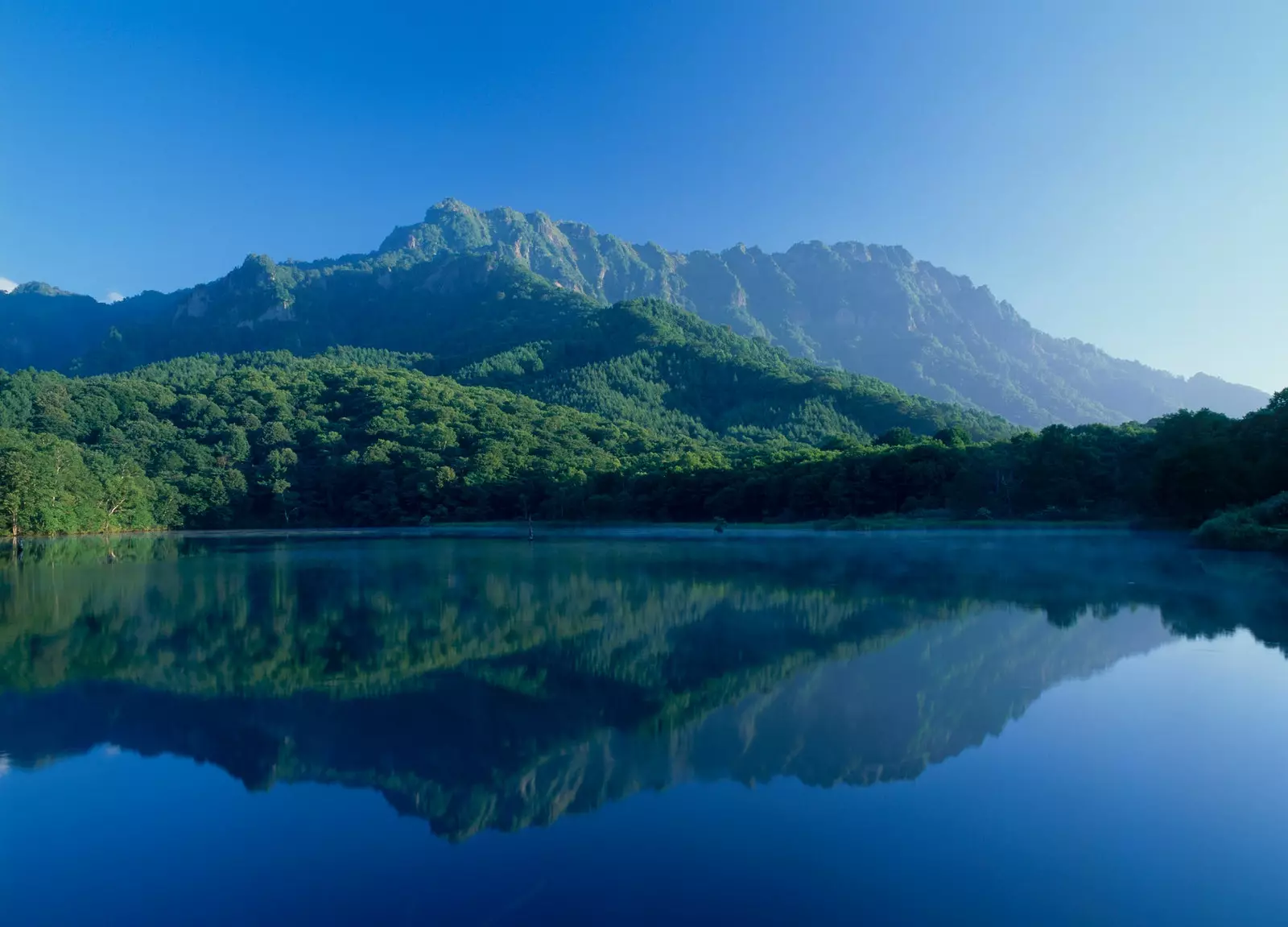
mirror lake
bathe in it Lake Nojiri (野尻湖) It was always accompanied by the irretrievable flavor of the blueberry muffins that her parents bought at a local American store. And it is that the area surrounding this lake was developed in the 1920s, thanks to the impulse of several foreign missionaries (mainly from the United States and Canada), as a idyllic vacation retreat . In fact, the southwestern part of the lake is called kokusai mura (international village). And the community has been sustained for 5 generations.
In the zone of Shinanomachi , hometown of the great Japanese poet issa kobayashi , Marina remembers touring the Corn Road (もろこし街道) until you reach a little stall far removed from the rest, run by an endearing grandmother (“identical to the one in my neighbor totoro ”, Ella emphasizes), who simply and tenderly prepared the most delicious roasted corn on the cob of her life. Accompanied by a type of pickled cucumber, juicier and sweeter, which still attracts her attention; being more similar to the Almería variety in Spain than to the Japanese . As if witnessing that duality internally rhymed with her own identity, enriched by two worlds so far apart.
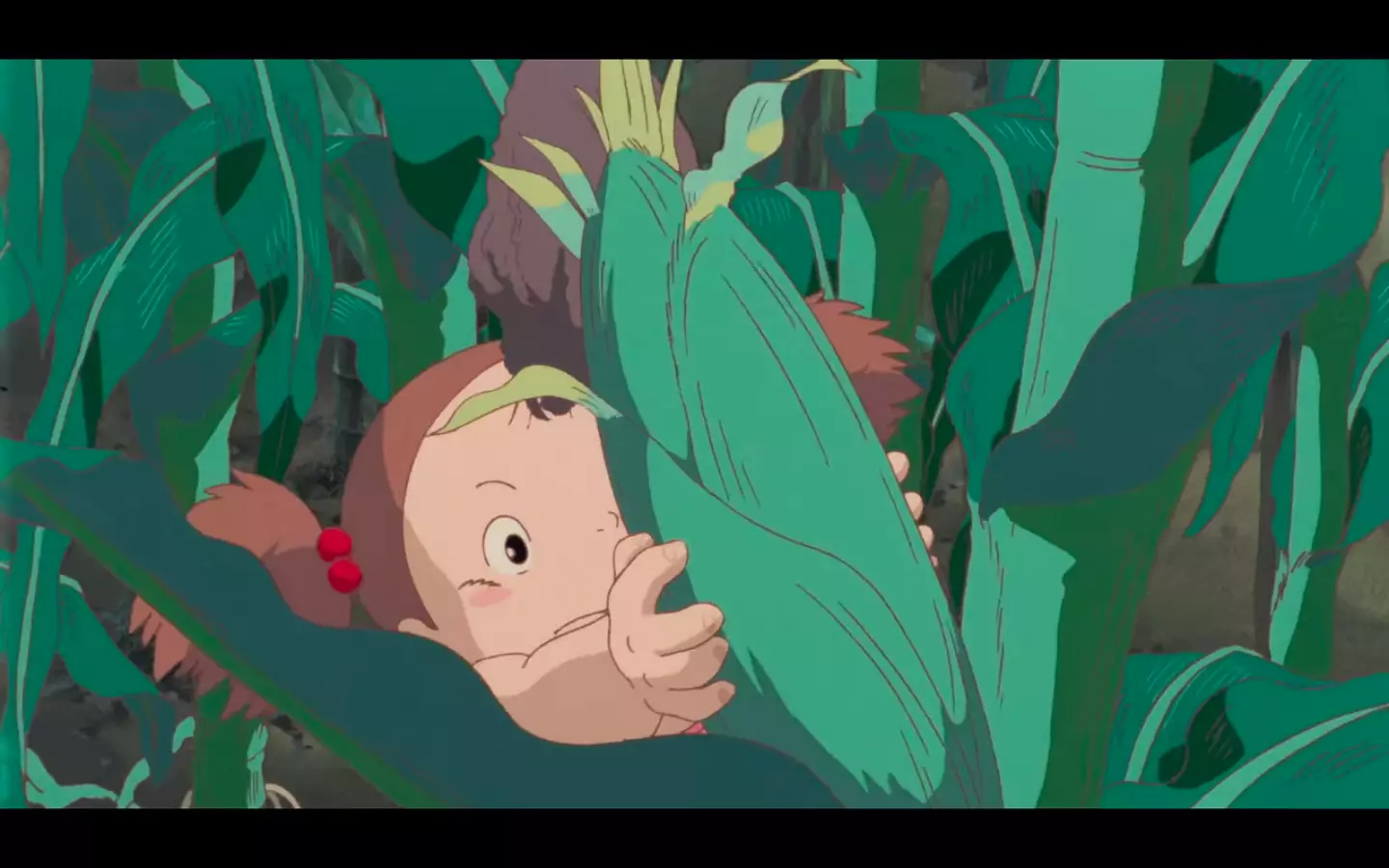
Celestial blue and fiery flowers: memories of Japanese summer
A SURPRISING DESTINATION
For its part, Hisashi Otsuka, Executive Director of the Japan National Tourism Office (JNTO) in Madrid , tells us about a destination that absolutely breaks all preconceived ideas about the Japanese summer. In his case, and already in his adult stage, their summers have been spent for several years in the relaxing hot springs (onsen) of Oita Prefecture.
“There are not only hot bath onsen. We can find thermal baths in all corners of Japan. In Oita Prefecture, the place in Japan that has the largest number of onsen with the most flow and volume, there are hot springs of all colors (transparent, white, blue, yellow, red, etc.), qualities that are determined by the type of spring water. Some are full of carbon dioxide bubbles , while others are acidic and capable of producing a pleasant tingling sensation in the body. I have fond memories of enjoying the warm water of these onsen surrounded by the mountains, while the gentle summer breeze blew.”.
Based on her experience, she recommends, for example, the Kan no Jigoku Onsen (whose name literally means " cold hell ”), where the visitor can enjoy a bath in water at 14 degrees Celsius and, later, warm his body in a comfortable room with a stove.
THE SALTED WATERMELON IS THE SWEETEST
Hanayo Ueta remember how her mother dipped a huge watermelon with a bucket into the well they had next to her house. At the end of the 1950s and during the 1960s, when the first refrigerators began to become an object of desire in the Japanese consumer society, a man was in charge of going from house to house in his hometown hiketa , transporting a huge block of ice that protected food from heat. She still has the image of her mother etched on her, by the way, scraping hard at the block of ice with a saw, drenched in sweat, to prepare homemade kakigori for the whole family.
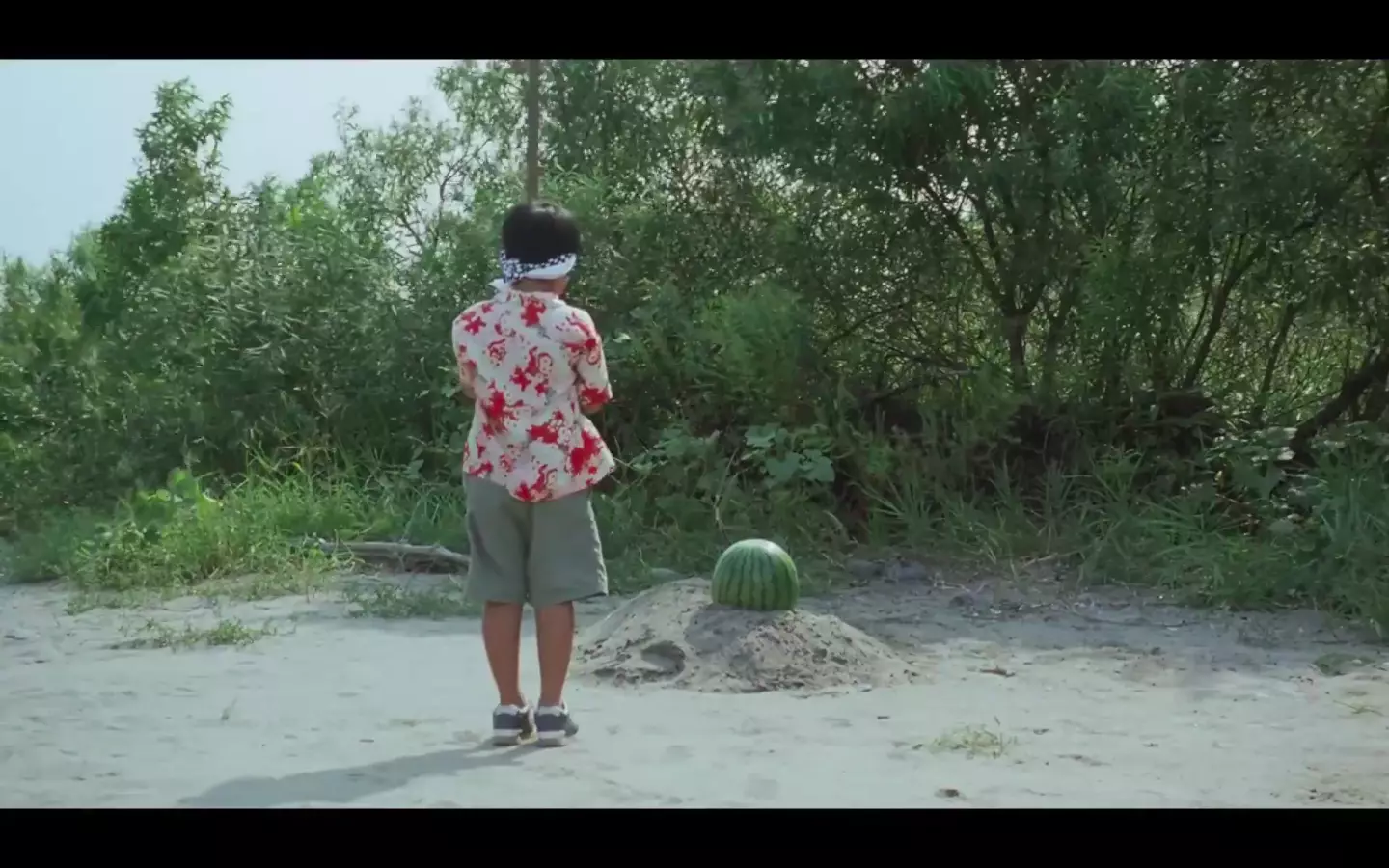
The family trick of sweet and salty watermelon
Many times, when they wanted to swim and fish in the sea, she would bring the watermelon down to the edge of the beach with her brothers. There, one of them covered his eyes and held a stick in his hands, while the rest I guided him singing and laughing . This game is called suika awari, and she also remembers him perfectly as an inseparable part of his childhood on the beaches of the chiba coast (such as Kujukuri and Choshi) Natsumi Tomita , chef and co-owner of the Rokuseki restaurant, in Vigo:
“I remember once, being on the beach, when we kids managed to smash open the watermelon, we tried it and realized it wasn't good enough. Then, my parents poured a little sea water on it . And suddenly the watermelon seemed to have risen".
"The salty watermelon is the sweetest," says Hanayo.
